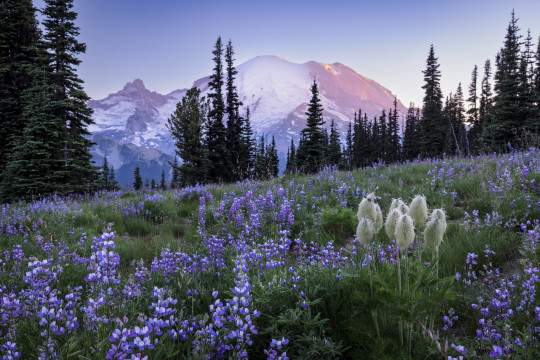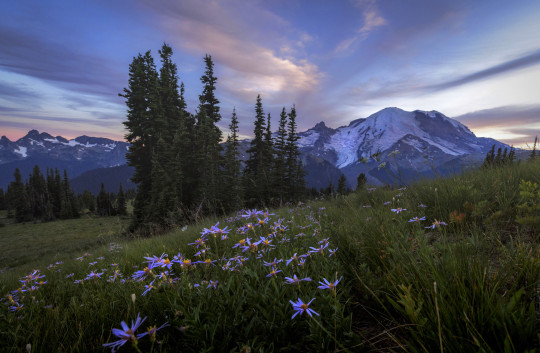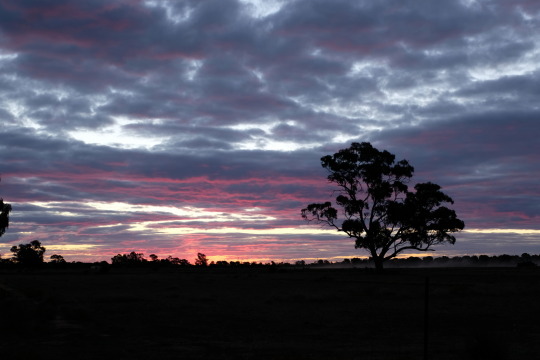Text
geology students will literally say shit like “my dirt class was cancelled today” or “the professor for my class on sand gave us homework about worms” like we’re 8 year olds on the playground inventing new terms for playing in the grass during recess
1K notes
·
View notes
Photo

Catch a glimpse of the golden ridges of Zabriskie Point, a strikingly beautiful badland area in Death Valley National Park, CA. As the sun washes over the landscape, the play of light and shadow brings out the contours of this natural wonder.
15 notes
·
View notes
Text
me: mom can we go to the grand canyon to see the great unconformity?
my mom: no sweetie, we have the great unconformity at home
the great unconformity at home:

128 notes
·
View notes
Text
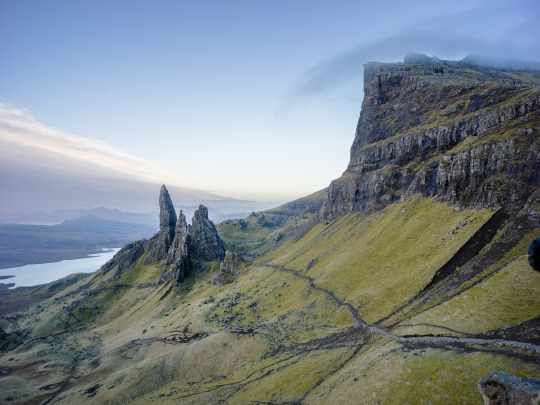


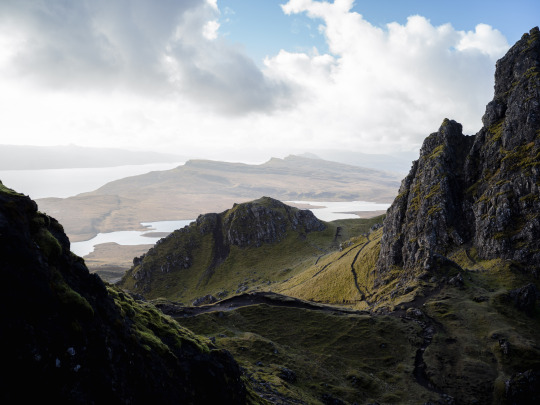
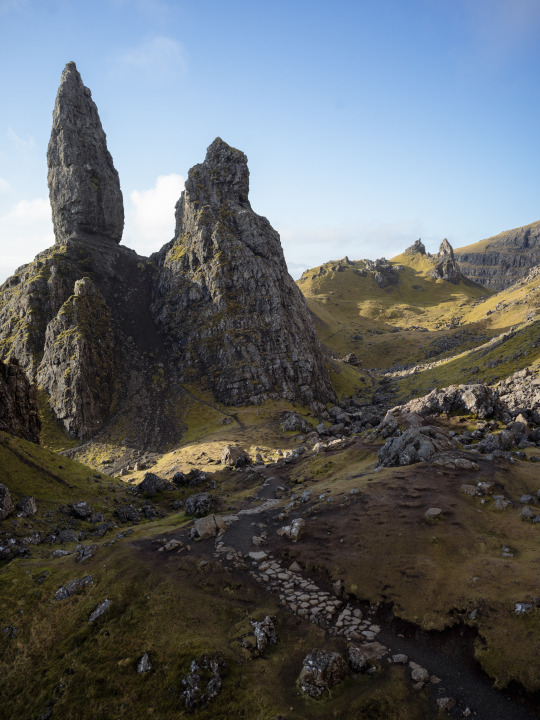


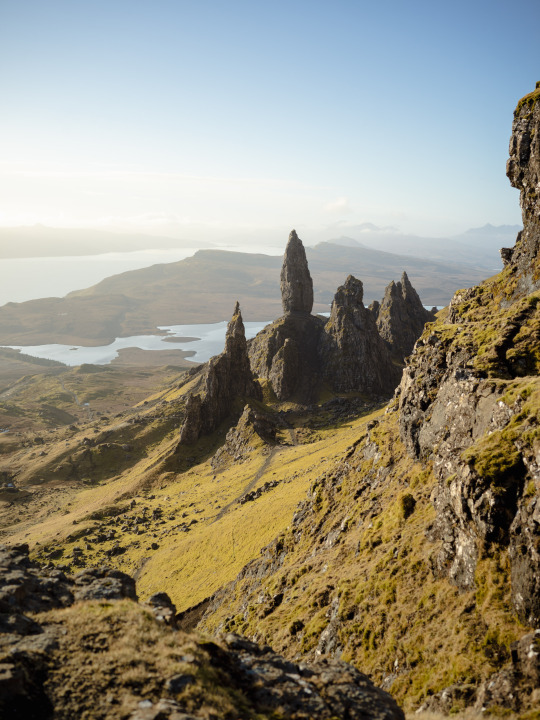
The Storr, Isle of Skye - Scotland
Photographed by Freddie Ardley
618 notes
·
View notes
Text
"Jingia" dongxingensis Ren et al., 2024 (new genus and species)

(Back vertebrae of "Jingia" dongxingensis [scale bar = 10 cm], from Ren et al., 2024)
Meaning of name: Jingia = for the Jing people; dongxingensis = from Dongxing
Age: Late Jurassic (Kimmeridgian?)
Where found: Dongxing Formation, Guangxi, China
How much is known: Partial skeleton of one individual including several vertebrae and limb bones.
Notes: "Jingia" was a sauropod probably closely related to Mamenchisaurus. Mamenchisaurus-like sauropods appear to have been very diverse in the Late Jurassic of East Asia. "Jingia" differs from other such sauropods mainly in the shape and proportions of its vertebrae.
Unfortunately, the genus name Jingia had already been used for a moth in 1983, so a new genus will need to be coined for this dinosaur.
Reference: Ren, X.-X., X.-R. Wang, Y.-N. Ji, Z. Guo, and Q. Ji. 2024. The first mamenchisaurid from the Upper Jurassic Dongxing Formation of Guangxi, southernmost China. Historical Biology advance online publication. doi: 10.1080/08912963.2024.2309287
87 notes
·
View notes
Text
I think I stumbled upon some kind of ichthyological forbidden knowledge. Opened up a book of names that were never meant to be read.
You've probably heard of "can-opener smoothdream", right? It's practically a meme by now.
But the thing is, it's a deep-sea fish. And deep-sea fish have historically not had English names because nobody drops them into the conversation over a hot cuppa. Sure, there's generic stuff like hatchetfish and barreleye, but when you want to refer to the actual fish you're probably saying such euphonious phrases as Diretmus argenteus, Sternoptyx diaphana, or maybe even Opisthoproctus soleatus.
So whence "can-opener smoothdream"? Certainly no non-ichthyologist has ever used that name. It's not even a direct translation of the scientific name Chaenophryne longiceps - that would be "long-headed gape-toad". Which to me is even cooler than "can-opener smoothdream".
But I digress. The "dream" bit comes from the anglerfish family Oneirodidae, from oneiros, "dream", because those marvelous fishes look like they came out of a dream (Pietsch, 2009).
Note that Pietsch (2009), more or less the anglerfish bible, uses English names at the genus level only. So Chaenophryne is the smoothhead dreamers genus but no mention is made of "can-opener smoothdreams". So no luck there.
Wikipedia, root cause of a lot of misinformation, has this to say.

"Longhead dreamer" is a far more accurate name. And in fact, despite Wikipedia prioritizing "can-opener smoothdream" (because it's funny?), the links listed use "longhead dreamer" and "smoothhead dreamer" as the name and "can-opener smoothdream" as an alternative.
So. Again. Where did "can-opener smoothdream" come from?
The answer, as it turns out, lies with McAllister (1990).
In the book A List of the Fishes of Canada, ichthyologist D. E. McAllister sought out to list every single fish known to Canadian waters, providing both an English and a French name.
And when there wasn't an English name, like for most deep-sea fishes, he arbitrarily gave them a name. And his names "differ in many instances from the widely accepted names" (Holm, 1998)
This had varying results. This is his name for one of the netdevil anglerfishes.

The humpback anglerfish or blackdevil anglerfish becomes a werewolf (????).

This one is just confusing.

The white-spotted lanternfish or Rafinesque's lanternfish instead becomes...

And most embarrassingly, the Mediterranean spiderfish gets saddled with something that "violates the tenet of good taste" (Holm, 1998).

This then is the original source of "can-opener smoothdream". It was invented by an ichthyologist in 1990, and has seen little to no use outside of how bizarre the name is.

Maybe McAllister's goofier names will catch on. Who knows? They certainly aren't very popular in the scientific community though.
References
Holm, E. (1998) Encyclopedia of Canadian Fishes (review). The Canadian Field-Naturalist, 112, p. 174-175.
McAllister, D. E. (1990) A List of the Fishes of Canada. National Museum of Natural Sciences, Ottawa.
Pietsch, T. W. (2009) Oceanic Anglerfishes: Extraordinary Diversity in the Deep Sea. University of California Press, Berkeley.
5K notes
·
View notes
Text

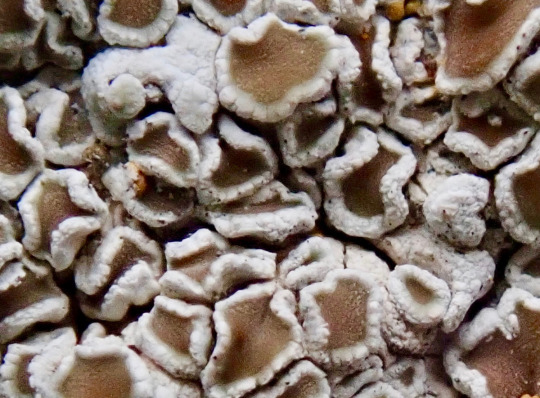

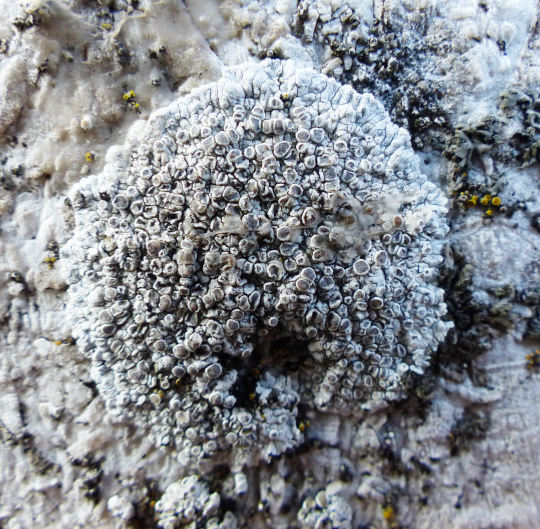


Polyozosia pruinosa
Ok but the GBIF page for this species has an adorable picture of lichen enthusiasts looking at it in their natural habitat and it is too cute?
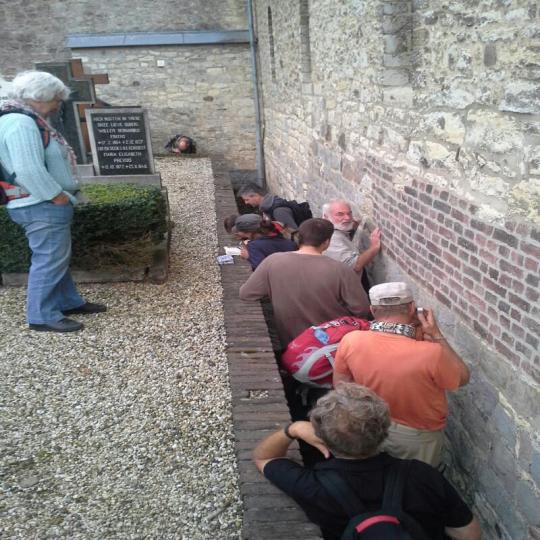
She has her own fan club. Can you say the same? I didn't think so.
images: source | source
90 notes
·
View notes
Text
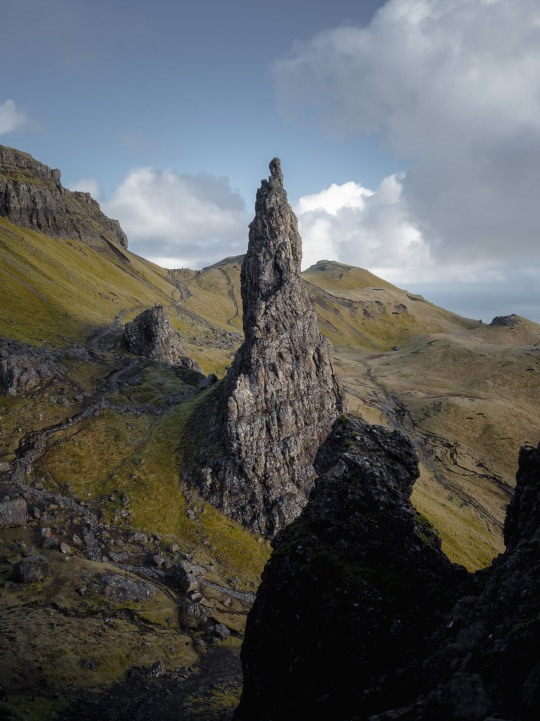
The Storr, Isle of Skye
Photographed by Freddie Ardley
640 notes
·
View notes
Text

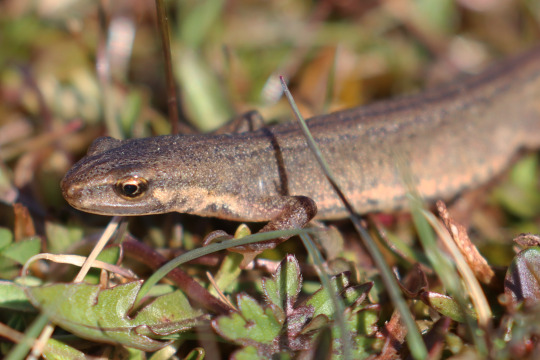
Viviparous lizard/skogsödla and Smooth newt/mindre vattensalamander. Värmland, Sweden (April 15, 2020).
148 notes
·
View notes
Text


On todays #paleostream MONKEY CRUISE RETURNS
With Ekembo and Pachylemur
For those who don't know, #MonkeyCruise is a series of paintings in which I turn classic positions from art history into paleoart pieces with extinct primates.
The Ekembo piece, as you probably have guesses already, is a homage to Leonardo da Vinci's "Last supper". One of his most famous works. I had my eyes on this for a while but only recently had an idea what to depict it with.

Ekembo is a great ape from the Miocene that was found on Rusinga island, Kenya. There wer volcanoes in the area which they also snuck into this piece. The apes here are gathering on this log because a migrating ant colony is crossing it, a welcome snack bar.
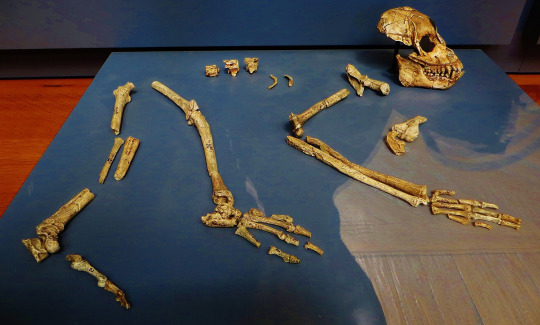
The second piece is based on a painting by Finnish painter Eero Järnefelt, called "Under the Yoke".

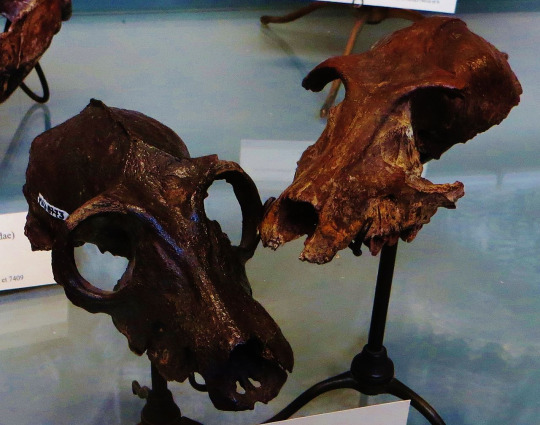
Pachylemur was a large lemur from the Holocene of Madagascar, it#s extinction is most likely human caused. Two causes are shown here: habitat loss, thanks to slash and burn agriculture and bush meat hunting.
318 notes
·
View notes
Text

Arid Tansyaster (Arida arizonica) on the sandy flats near the Willcox Playa, Cochise County, Arizona.
113 notes
·
View notes
Text


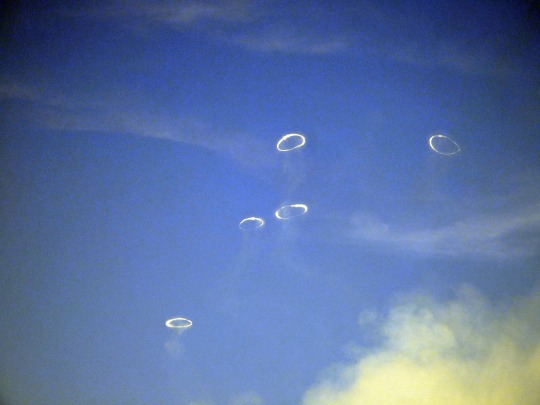

the very rare phenomenon of a volcano producing vapor rings/volcanic vortex rings. Mount Etna today (April 5, 2024) by Boris Behncke
31K notes
·
View notes
Text
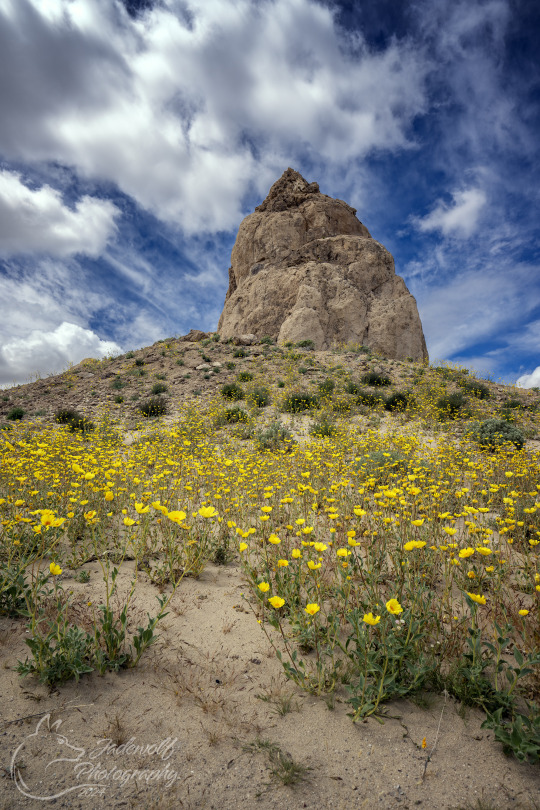
Mojave Spring Bloom
Trona Pinnacles
Trona, California
59 notes
·
View notes
Text

Along the lake inlet at sunrise. The last time I was there everything including that far shore was brown. I love to see the green.
392 notes
·
View notes

